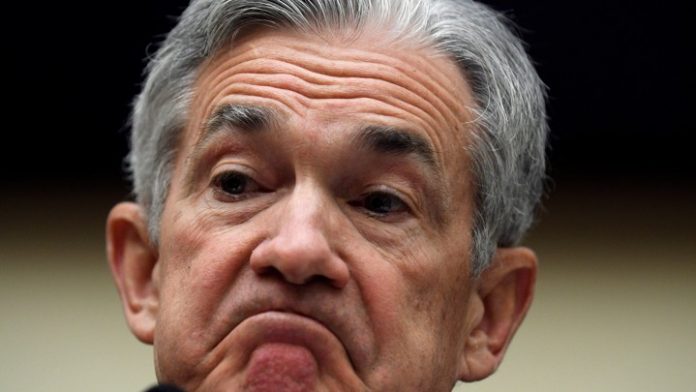Stocks traded slightly higher this morning after the Fed’s much-anticipated two-day meeting got underway. The Dow, S&P, and Nasdaq Composite all crept to new highs.
Better-than-expected corporate earnings helped boost sentiment as Pfizer (NYSE: PFE) and Under Armour (NYSE: UA) enjoyed strong post-earnings rallies. UA shares surged by as much as +19% at one point. DuPont de Nemours (NYSE: DD) also exceeded quarterly estimates and saw its shares rise over 5% in response.
Over the last few trading sessions, the market hasn’t moved all that much though despite consistent earnings “beats” from top corporations. Significant economic cracks have begun to form, making many analysts nervous about how the rest of the year is going to look for bulls.
“We continue to see downside risks ahead,” explained Bank of America’s quant strategist Savita Subramanian.
“Despite a strong 7% beat, 2021-22 EPS remains largely unchanged, suggesting the upward revision cycle has likely peaked.”
And with plenty of potential “market-wrecking” events ahead, significant volatility could be coming down the pipe.
“The November FOMC meeting, October payrolls […] and a host of earnings updates sets up a catalyst heavy week of trading ahead,” wrote Goldman Sachs’ Chris Hussey in a note.
It’s easy to forget that analysts reduced their Q3 earnings estimates across the board prior to earnings season. This helped boost the percentage of S&P companies that beat expectations over the last few weeks.
What’s more important, however, is forward guidance, and whether companies can keep the ball rolling in the face of economic adversity.
“I don’t think what’s going on is terribly surprising,” said Pacer ETF’s President Sean O’Hara, referencing the recent batch of strong Q3 earnings.
“I think what we need to see going forward is, is it sustainable, or are some of these outside factors going to be a bigger challenge than we expect?”
O’Hara continued, asking:
“Is inflation and the input costs that the producers are dealing with, is that going to derail things? Is the lack of workers? There’re a lot of things out there that could potentially derail the market, especially as you’re making this transition from where we are, which is [easy to compare] versus last year, to more difficult [comparisons] going forward.”
They’re valid questions that will eventually be answered, but not until Q4 earnings are released next year. What could ruin the party before that is a taper announcement from the Fed tomorrow afternoon following its November FOMC meeting.
Some economists think it’s actually going to happen, and that Fed Chairman Jerome Powell will start to taper asset purchases at a pace of $15 billion per month. $10 billion of that would be Treasurys and $5 billion would be mortgage-backed securities.
“All of the Fed statements until now have been designed and intended to build the expectations of a $15 billion a month – they would not want to surprise markets next week and risk having a taper tantrum,” said former Fed staffer Luke Tilley, who now serves as the chief economist of Wilmington Trust, last week.
Still, even a slight taper will be a tough pill for the market to swallow after more than a year of gains driven by unprecedented asset purchases. Stocks have been due for another correction, anyway.
Should the Fed announce a taper tomorrow, one will probably follow. The question then is how much damage equities will endure before they touch new highs once more.
The “big crash” probably won’t happen until the Fed raises rates sometime in 2022. But a taper is likely to scare bulls nonetheless, causing another sudden drop lower (like in September) prior to a major follow-up rally.
Even though everyone knows that bears are going to roar at the first legitimate sign of a coming rate hike, shortly after the new year.








